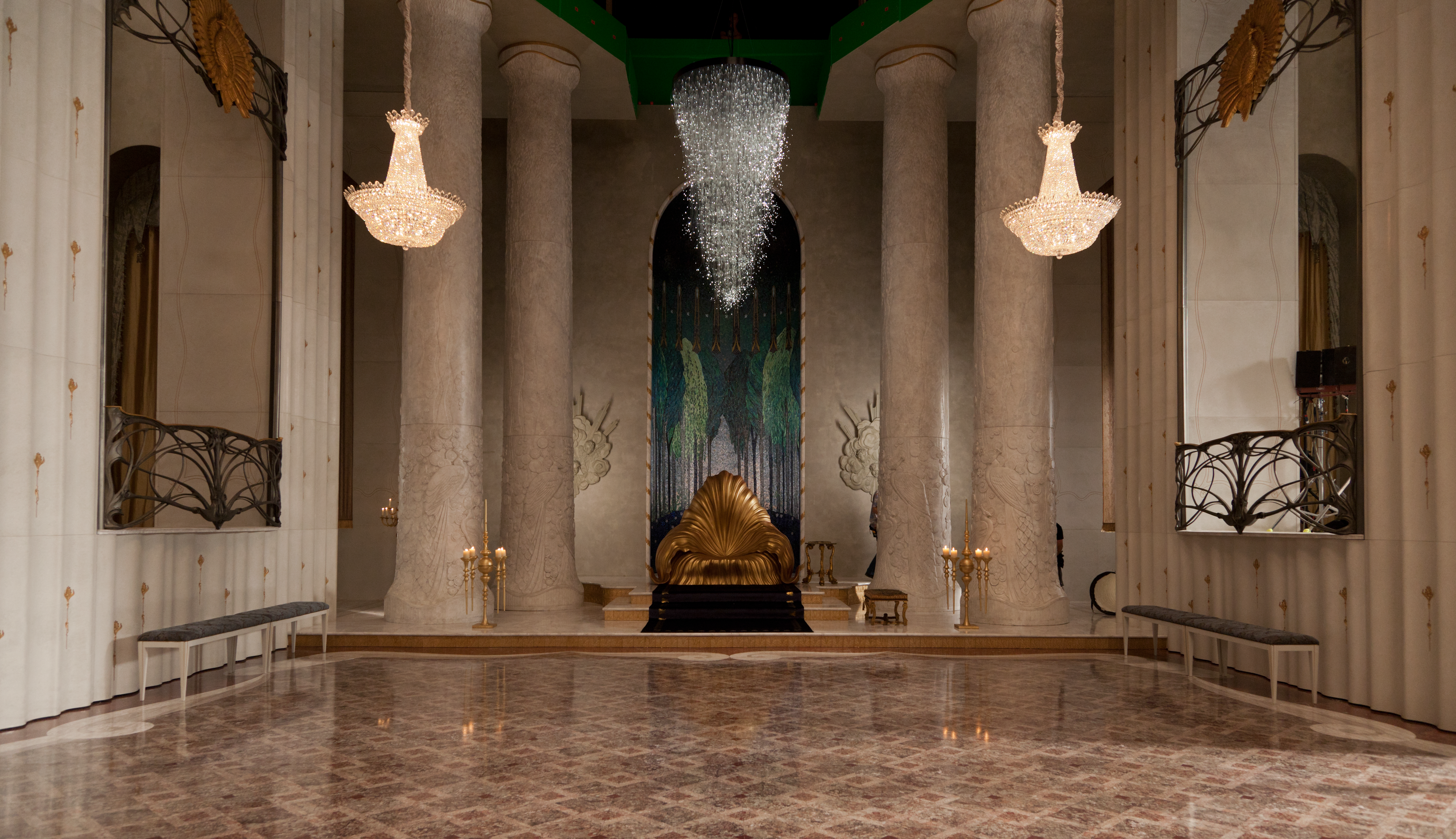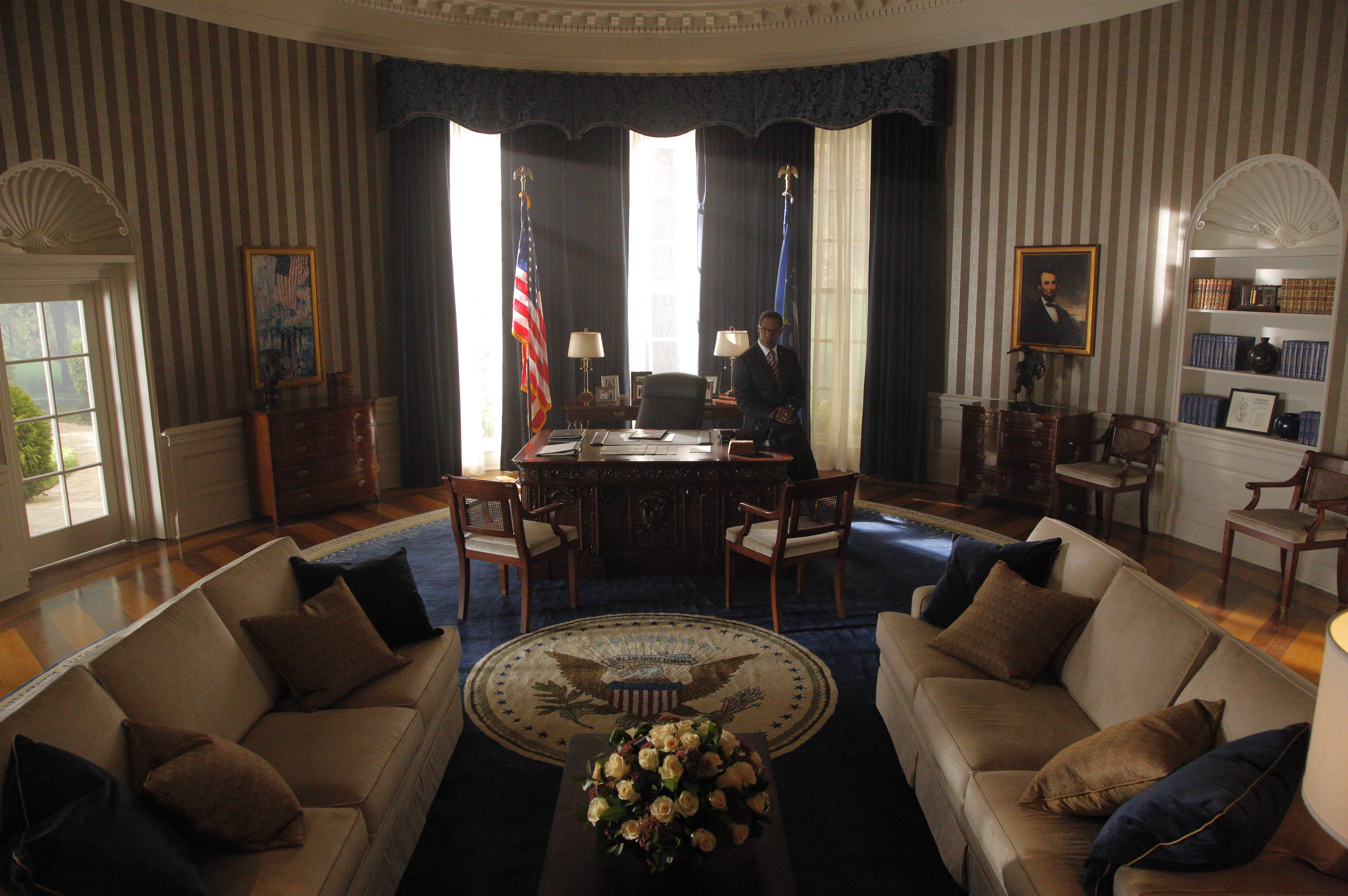Paul Hotte - Key Set Decorator
Publié le September 13, 2023

Translated from French
WHAT IS YOUR JOB? HOW WOULD YOU DESCRIBE YOUR WORK?
I’ve been doing this job for about forty years. I studied film at Concordia University but didn’t graduate. Instead, I decided to go an see what life and the world had to offer. When I returned, a friend offered me a job. My humble beginnings were as a driver but I realized it wasn’t what I wanted to do, so I quit.
A year later, the same friend contacted me again and introduced me to people who worked in an art department. Michel Proulx—a well known figure in the industry—was one of them. I started as assistant painter and then as painter for about two years. I didn’t want to keep doing that though, because I was more interested by everything that was happening around me.
At that time, I also became friends with Normand Sarrazin, Michel’s key decorator. Normand took me under his wing on an American project and, little by little, I moved on to become set dresser, assistant decorator, assistant props master, props master, and decorator.
I also worked as key off-set props master for a few years, a job I enjoyed because it opened my eyes to the importance of research in our industry and gave me a chance to develop more skills. For example, I love history, from architectural history to the history of Montreal.
I had the opportunity to work with a number of visual designers (called art directors at the time), some of them for an extended period of time. I worked my way up and eventually became key decorator on American projects shooting in Montreal.
So I learned the craft on the job and occasionally took classes to learn new techniques.
I remember when people were drawing on boards, on drafting tables, pencils and rulers. I saw the advent of computers, which changed so many things for us. But it was always fascinating to see so much talent around us!

WHAT PART OF THE JOB DO YOU LIKE THE BEST?
There’s something about arriving in a completely empty studio and seeing it gradually fill up with people, piles of wood, a structure going up, the paint, the wallpaper, a set slowly taking shape that I find very compelling.
Before that can happen, you have to do your research, which has become a luxury because we have much less time to do it. I feel we’re producing more than creating. But still, you do need some research to create the right environment. It’s important for everyone but especially for the actors, because they’ll be performing in it for weeks.
And before the research, there’s the challenge of drawing up the budget. The discussions can be tedious but they’re also challenging and interesting as people share their points of view and ideas.

WHAT WAS YOUR FAVOURITE PROJECT?
There have been so many! I really enjoy meeting new people. I’ve met great directors and worked with many talented people.
I’ve worked on big-budget productions like Martin Scorsese’s Aviator, which won the Oscar for Best Art Direction in 2005.
I also worked on Denis Villeneuve’s Arrival, which had a smaller budget but was nominated for eight Oscars, including Best Production Design, which I wasn’t expecting at all.
Two years ago, I worked on Beau is Afraid starring Joaquin Phoenix. The movie was so different from anything I’d ever worked on but I had a lot of fun collaborating with a designer from London! The experience was wild; the director had very specific ideas and he would challenge us and wanted our input to improve his vision, which made the whole experience very enriching.
For White House Down with Jamie Foxx, we had to build the whole interior of the White House, on two floors! The carpeting, the chandelier, the wallpaper, the rooms—everything was made in Montreal and we were on top of it when it came to historical accuracy. People came in from Washington to approve our sets and they were amazed. We’d done our research.
Not every movie’s a hit. Some have been challenging and others had big budgets that let us do amazing things. People say I only work on big films but I don’t think of it in terms of big or small; I just work on films.

IS THERE AN ANECDOTE ABOUT YOUR WORK THAT COMES TO MIND?
For an American series in Morocco, we had to build a refugee village a few kilometres from Marrakech. I wasn’t there for the first visit to the location but they sent me a pretty photo and told me we’d be shooting on a former landfill!
I arrived on site to find that people were still bringing their trash there every day and garbage trucks were dumping their loads there. We had to convince the city and the residents to clean up the site. In exchange, we would turn it into a park with a soccer field after we finished shooting. That won them over. They spent a week cleaning the site to a depth of six feet with dozens of trucks and tractors. I built the set and, once filming had wrapped, we delivered on our promise to create the soccer field.
HOW DO YOU SEE THE FUTURE OF THE PROFESSION?
I think that the industry needs to adapt. Maybe the future for Quebec will be mostly developing our own content. We’re making things that are exportable and viable beyond our borders, but it takes many people working together and putting resources into it to develop the local industry.
Artificial intelligence has also impacted every department, including set decoration. AI is an interesting tool, but like anything else, it must be used advisedly so that it doesn’t become dangerous and threaten our jobs.
We also have to rethink training to fit new realities. And we can’t just have virtual training; we still need to be able to see, hear and touch hands-on.
Quebec has to claim its place and challenge the big guys. We have to say we may be small but we’re pros!